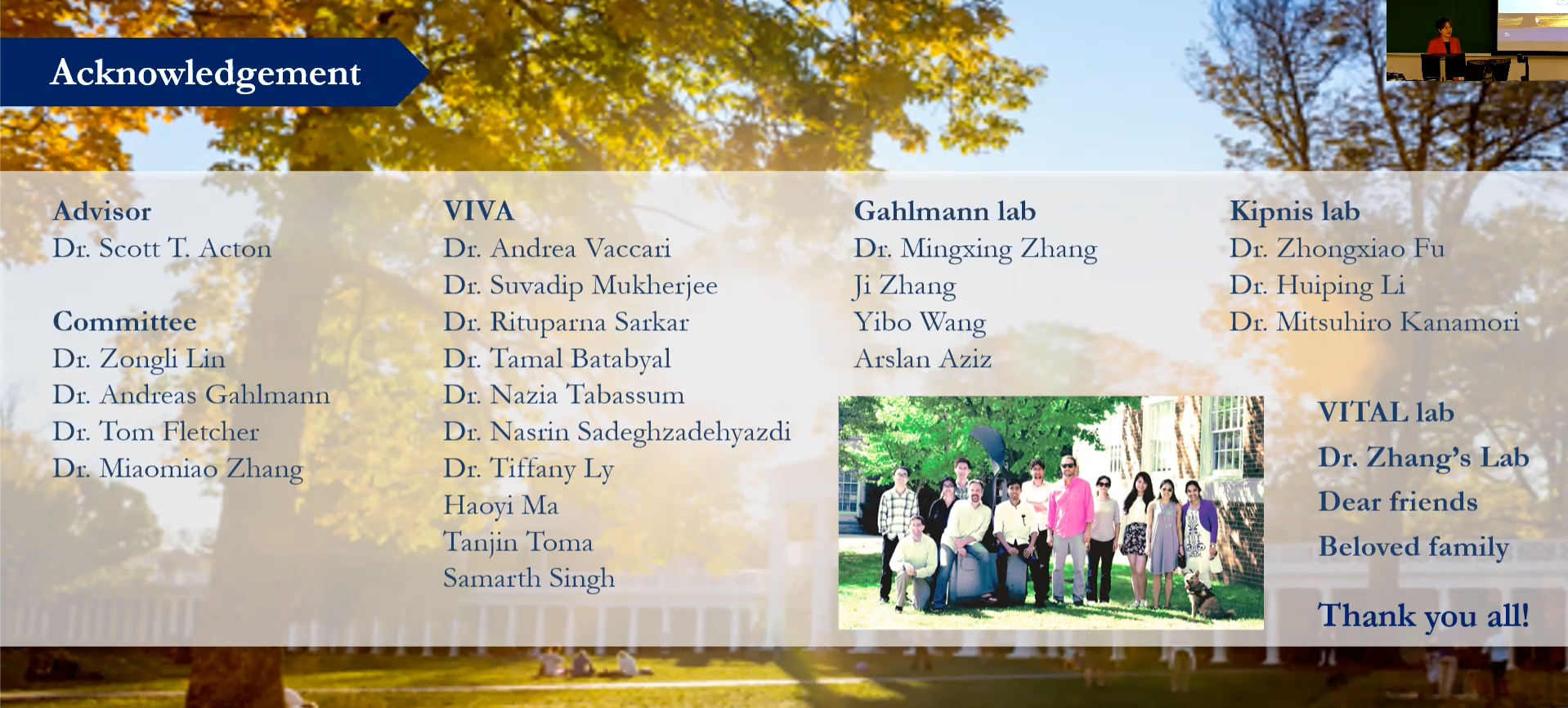Research experience
研究经历
Investigate the Dynamic of 4D bacterial biofilms
In this project, I collaborated with Dr. Zhang from the Department of Chemistry to analyze bio-informatics of bacterial biofilms, such as the biofilm density, cell size, and orientation. I developed graph-based toolkit for bacterial cell segmentation and extended to incorporating with deep neural networks to boost the performance of single-cell identification.
Under the supervision of Prof. Scott T. Acton, I developed algorithms to solve real-world problems for collaborators in medical, biological, and chemical departments.
Select Projects:
Segmentation and Machine Learning for the Analysis of Bacterial Biofilm Images
As my dissertation topic, my work assisted in promoting the single-cell and population-level studies by combining super-resolution imaging with computational image advances. This research proposed automated analysis toolkit to perform graph-based 3D single-cell segmentation, GAN-based biofilm image synthesis and evaluation, and shape-based biofilm reconstruction and analysis. The developed algorithms are Bact-3D, LCuts, refined LCuts, Shapefilter, m-LCuts, 3D Cyclic GAN with unbalanced loss, and SSQA.
Cell analysis: calcium imaging of neuron, FLIM imaging of cancer cells
To resolve the difficulties in extracting single cell bioinformatics of other types of cells, I mainly conducted statistical shape analysis, level set segmentation method, and morphological processing. A Shapefilter was presented to repair segmentation results obtained in calcium imaging of neurons in vivo. Level set segmentation and morphological processing techniques are investigated to monitor the metabolism of Prostate cancer cells imaged by FLIM. Besides, I also collborated with Dr. Tabbasum on image segmentation for lymphatic cells, and with Dr. Ly on 3D microglial cell analysis.
